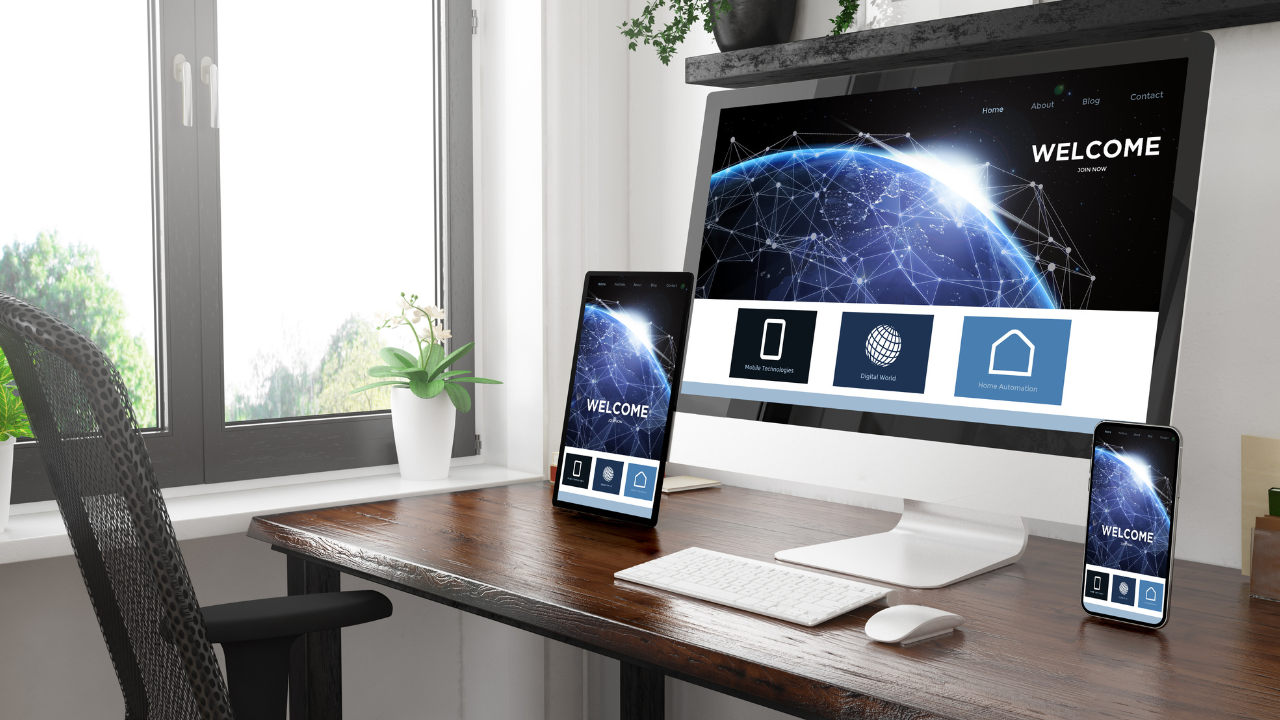Conducting A Risk Analysis On Your Remote Workforce

As a business owner, you must always be prepared to weather any storm that comes your way. Even when you're not actively managing your business, you must be ready to take immediate action to protect it if something bad were to happen. When you have a remote workforce, things become even more critical because you need to make sure that you're not putting them at risk of being attacked or injured.
With the advent of the internet, we can operate a business from anywhere in the world. While this is certainly a great benefit for both owners and employees, it also opens up a whole new set of risks that you may not have thought about. This post will help you conduct a risk analysis on your remote workforce and give you the tools you need to make sure that they're safe and secure.
What is Risk Analysis?
Risk analysis is the process of identifying potential risks and then planning and implementing methods to mitigate them. A risk analysis is the first step to ensure that you and your organization are aware of potential risks and have effective procedures in place to minimize them.
Risk analysis is the process of gathering data and using it to identify and assess risks. Risk analysis is part of risk management.
A risk analysis is an integral part of any risk management program and should be performed at the beginning of any new project or program.
Why is Risk Analysis Important?
There are many reasons why risk analysis is important for any organization, but here we list the top 5 reasons why risk analysis is important.
1. To prevent project failure.
A risk analysis can be used to identify risks and their severity. By managing risks effectively, it is possible to reduce the chance of project failure. A risk analysis can also be used to inform people of ways to improve processes.
2. To reduce costs.
Risk analysis can help identify problems and potential risks early in the process. It allows organizations to make informed decisions on budgeting, staffing, equipment purchases, and other areas.
3. To increase productivity.
Risk analysis can help project managers and decision-makers identify risks and opportunities that will enhance the effectiveness of a project. It can help avoid unplanned activities and allow resources to be focused on the highest impact projects.
4. To ensure quality.
An important part of risk analysis is risk prioritization. It helps to determine which risks are most important, which ones can be handled easily, and which ones require additional work.
5. To maintain control.
Risk analysis is also used to identify the types of risk and their likelihood of occurrence. It can be used to ensure that all risk factors are considered and managed in a way that reduces the likelihood of any serious problems.
Risk analysis can also be used to manage risks over time. By performing a risk analysis at regular intervals, it is possible to measure the effectiveness of any implemented solutions and identify any changes that are required to address risk factors.
What are Some Potential Risks and What We Should Consider In An Organization?
Identifying risks and finding ways to mitigate them are key aspects of conducting a risk analysis. It means understanding the risks and how they can impact your company. You need to evaluate whether the benefits outweigh the risks.
Here are some potential risks and what we should consider in your organization:
#1 – Security
If you have a remote workforce, it's important to secure your system. It means ensuring that there are no back doors, no passwords that can be guessed or brute-forced and that your systems and networks are properly protected. You can even consider hiring a cyber security expert to help protect your data.
In this pandemic, the number one concern is the spread of the virus. Hackers will always try to attack your systems and steal sensitive information. They will even go after your company's brand reputation. It is why it's critical to have a robust security policy in place.
#2 – Cost
There's no denying that remote work can be expensive. Your company may need to provide additional training and technology to help employees work from home.
As an example, if you are paying your employees based on an hourly wage, it's important to calculate the total cost of remote work. You may find that you end up paying more than you would have paid in the office.
#3 – Culture
Working remotely can change the culture of your company. You may need to make adjustments in how you structure meetings and communicate with your employees. It may mean changing how you interact with each other.
You may need to adjust your working hours. For example, you may not want to have meetings on Monday and Friday afternoons, but you may want to do it on Thursday and Saturday.
You may also need to adjust how you communicate with your team. You may find it easier to communicate via Slack rather than in person.
These are all things to consider. How will these changes impact on the culture of your company? Will it be worth it?
#4 – Communication
Communication is essential to your success. You may have to change your strategy and adjust how you communicate with your employees. It's recommended that you have weekly 1:1s, group discussions, and calls.
You may need to adjust your communication tools. You may find it easier to video conference with your team instead of having them meet in person.
#5 – Work-life balance
Remote work can impact your work-life balance. If you have a large remote workforce, you may find yourself spending more time communicating with your team, attending virtual events, or meeting in person.
You may need to adjust your schedule and work from home more often. If you work for a company, you may find it difficult to balance your personal life with your job.
#6 – Recruitment and hiring
You may find that it's easier to hire and manage employees remotely. It could be due to the costs associated with having employees in the office.
In addition, it may be easier to recruit and hire talented individuals who are looking to work remotely. You may have to consider how you screen and hire potential candidates.
#7 – Time zone
It could become an issue if your company works in different time zones. You may need to communicate with your team and employees about your business and processes.
You may need to shift the time your team works. In some cases, it may be more efficient to have two teams working at the same time.
It's important to note that remote work can be challenging. However, the benefits of remote work can outweigh the challenges. If you're considering making this a part of your organization's strategy, then you should first conduct a risk analysis.
How to Conduct a Risk Analysis?
There are several ways to conduct a risk analysis. Below we have listed a few of the most popular.
Manual risk analysis.
The manual approach is the most common form of risk analysis. It is often used as a means to help ensure that all the necessary documentation is collected and included in the risk analysis. It can be done through the use of questionnaires.
Risk analysis software.
There are several risk analysis software programs available. These are designed to assist with the risk analysis process. The most popular programs are PRIMER, Risk Manager, and Risk Analyst.
Manual Risk Analysis Template.
If you want to conduct a risk analysis, you can download a risk analysis template. There are many available templates online, and most of them include a set of questions and criteria that can be used to assess and document potential risks.
8 Tips to Help You Conduct A Risk Analysis
Conducting a risk analysis of your remote workforce will ensure that your employees are safe. You can check if your staff is compliant with industry standards. It is especially true if you're working with the federal government or healthcare organizations.
Here are some tips to help you conduct a risk analysis:
1. Find out if you are required to conduct a risk analysis.
Some industries require you to conduct a risk analysis on your remote workforce. In some cases, these requirements are mandated by law. For example, the Health Insurance Portability and Accountability Act (HIPAA) requires organizations that handle personal data to conduct a risk analysis.
2. Understand what risk assessment is.
You should know what the term risk assessment means. A risk assessment will help you identify potential threats, vulnerabilities, and risks to your business. You'll be able to analyze your current policies and procedures. You'll also be able to look at the level of compliance.
3. Choose the right tools.
You need the right tools to conduct a risk analysis. You'll need to have access to a risk management system. It will help you manage your security posture. It will also help you keep track of your risks. It will allow you to create and monitor policies and procedures.
4. Consider the cost.
Before conducting a risk analysis of your remote workforce, it's important to consider the cost. You need to understand the different types of risk assessments. You also need to consider the cost of conducting a risk analysis. If you're unsure about the cost, you can use the free version of risk management software.
5. Conduct a security audit.
You might miss potential threats if you don't conduct a risk analysis. For example, you might not notice a potential vulnerability. As part of risk analysis, you need to conduct a security audit. You can choose to hire a security consultant, or you can use a software program.
6. Use a checklist.
It is a quick method of conducting a risk analysis and can be used by anyone to help identify potential risks. It is often used as a means to ensure that all the necessary documents and information are provided to a project manager for risk analysis.
7. Perform a SWOT analysis.
The SWOT analysis is a structured process that identifies opportunities and threats and evaluates a specific project or situation's strengths, weaknesses, opportunities, and threats. This analysis allows you to look beyond the project at issues that might influence it.
8. Identify risks.
It involves collecting information on potential risks and then identifying how the risk affects each department. It can be completed in two ways. The first is to interview people who work within the organization and ask them what they know about the risks. The second way is to conduct a risk analysis through the use of questionnaires.
How to Mitigate the Risk Of A Remote Workforce?
Remote work has become a global trend, and it's expected to continue for years to come. So, if you're a business owner who's planning to hire remote workers, you should know the risks associated with it.
The first step to mitigating the risk of a remote workforce is understanding the risks involved. The main risks are data loss, cyber threats, and the increased cost of hiring. Data loss happens when you hire remote workers. Because they're not in the office, you need to provide them with the necessary hardware, software, and internet connection to complete their tasks. But what if your remote worker suddenly leaves the company? Do you have any records of their work? Or is there a possibility that they could get their hands on your company's data? It is something that needs to be addressed before you start your remote workforce.
Secondly, cyber threats can affect the productivity of your remote workers. They need to be protected from the internet so that they can stay productive. And if a cyber-attack is successful, it may compromise the security of your company's data.
Finally, hiring remote workers is more expensive than hiring an in-office workforce. You need to pay for the internet connection, hardware, and software for your remote workers. When you compare it to the salary that your employees make, it's easy to see why it's expensive.
So, how do you reduce these risks associated with hiring remote workers?
Document your requirements
Documenting your requirements is the first thing you need to do when you start working with a remote team. Clearly document everything, and keep the documents safe. The last thing you want is to spend hours tracking down lost information.
Create a clear communication strategy
Communication is the key to a successful remote relationship. So, make sure you're communicating clearly with your remote team. Whether it's via email, phone, or any other means, make sure you're reaching out to your remote team frequently.
A good way to reach out to your remote team is via Skype. This way, you can communicate with them directly and keep track of your progress.
Give your remote team freedom
Giving your remote workers freedom is one of the best ways to keep your remote team motivated and productive. By giving them the flexibility that they need, you can ensure that they're happy to work for your company. And they will be able to give you the best performance that you've ever had.
Train your remote workers
One of the biggest risks associated with a remote workforce is data loss. And training your remote workers can help prevent this.
Training your remote workers on how to use the required hardware and software is a great way to reduce the risk of data loss. They also need to understand how to maintain their system and update it regularly.
Have a backup plan
There's no guarantee that your remote workers will be available at any given time. So, it's important to have a backup plan in place in case one of your remote workers loses access to the internet. You can either have a remote backup worker or even have a backup system for your remote workers.
Final Thoughts
In conclusion, you need to consider the different risks you're facing when it comes to remote work. You can either do it manually, or you can automate it. It's up to you. The most important thing to remember is to always conduct a risk analysis.
Do you feel like you are struggling with putting "strategy" and "business growth concepts" in place that make a difference? Doing it all is overwhelming! Let’s have an honest discussion about your business and see if the Power of 10 can help you. Click “HERE” to have a great conversation with our team today.
Written and Published By The Strategic Advisor Board Team
C. 2017-2021 Strategic Advisor Board / M&C All Rights Reserved
www.strategicadvisorboard.com / info@strategicadvisorboard.com











